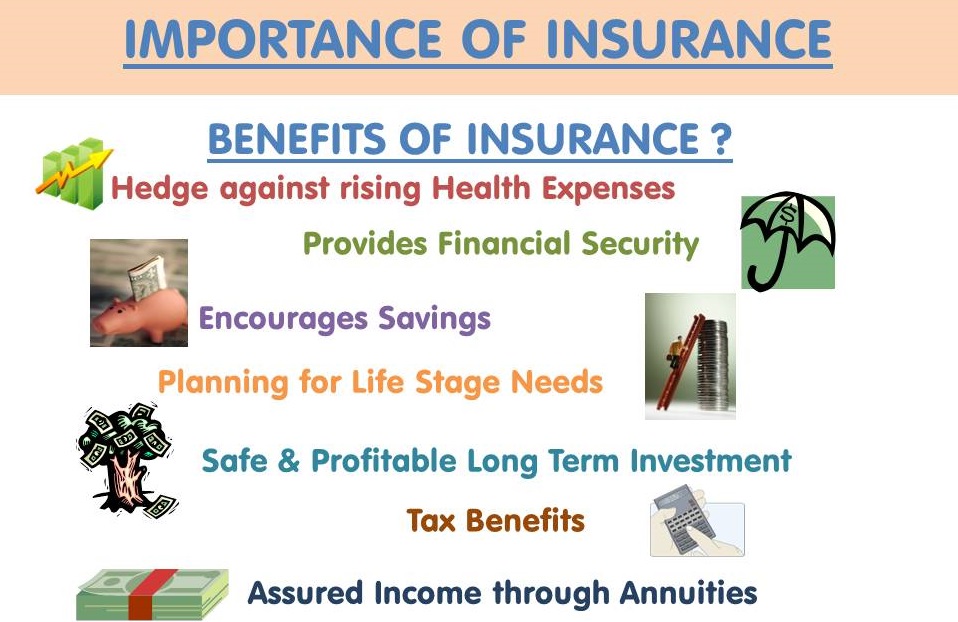The Main Principles Of Pacific Prime
Wiki Article
A Biased View of Pacific Prime
Table of ContentsOur Pacific Prime DiariesThe Ultimate Guide To Pacific PrimeSome Known Incorrect Statements About Pacific Prime 6 Easy Facts About Pacific Prime DescribedIndicators on Pacific Prime You Need To Know

This is since the information were gathered for a duration of strong financial performance. Of the estimated 42 million individuals who were uninsured, all however regarding 420,000 (about 1 percent) were under 65 years old, the age at which most Americans come to be eligible for Medicare; 32 million were grownups between ages 18 and 65, around 19 percent of all adults in this age team; and 10 million were kids under 18 years of age, concerning 13.9 percent of all kids (Mills, 2000).
These price quotes of the variety of persons without insurance are generated from the yearly March Supplement to the Present Population Study (CPS), conducted by the Census Bureau. Unless otherwise kept in mind, nationwide quotes of people without wellness insurance coverage and percentages of the population with different sort of coverage are based upon the CPS, one of the most widely used resource of price quotes of insurance coverage and uninsurance rates.
Pacific Prime Can Be Fun For Everyone

Still, the CPS is particularly valuable since it generates annual price quotes reasonably swiftly, reporting the previous year's insurance coverage approximates each September, and due to the fact that it is the basis for a constant set of estimates for greater than 20 years, permitting for evaluation of patterns in coverage gradually. For these reasons, as well as the comprehensive use of the CPS in various other researches of insurance coverage that exist in this report, we depend on CPS quotes, with limitations kept in mind.

The estimate of the number of uninsured people broadens when a population's insurance condition is tracked for numerous years. Over a three-year duration beginning early in 1993, 72 million people, 29 percent of the united state populace, were without protection for a minimum of one month. Within a single year (1994 ), 53 million people experienced at least a month without protection (Bennefield, 1998a)
Six out of every ten uninsured adults are themselves used. Although working does boost the likelihood that a person and one's relative will have insurance coverage, it is not a guarantee. Also participants of households with two permanent wage income earners have nearly a one-in-ten possibility of being uninsured (9.1 percent without insurance rate) (Hoffman and Pohl, 2000).
Pacific Prime for Beginners
New immigrants account for a significant percentage of people without medical insurance. One analysis has actually associated a substantial section of the current development in the dimension of the united state uninsured populace to immigrants who arrived in the nation in between 1994 and 1998 (Camarota and Edwards, 2000). Current immigrants (those that came to the United States within the previous four years) do have a high price of being uninsured (46 percent), however they and their children represent simply 6 percent of those without insurance policy country wide (Holahan et al., 2001).The partnership between health insurance coverage and accessibility to care is well developed, as recorded later in this chapter. Although the connection between medical insurance and wellness outcomes is neither direct neither simple, a considerable clinical and health services research literature links medical insurance protection to improved access to care, better high quality, and enhanced personal and populace health status.
Levels of evaluation for taking a look at the effects of uninsurance. It concentrates particularly on those without any type of health and wellness insurance for any type of length of time.
The Best Guide To Pacific Prime
The problems faced by the underinsured are in some aspects comparable to those encountered by the uninsured, although they are typically less severe. international health insurance. Uninsurance and underinsurance, nevertheless, entail clearly various plan concerns, and the strategies for addressing them may differ. Throughout this study and the 5 records to adhere to, the major emphasis is on persons without any health and wellness insurance coverage and therefore no help in paying for health and wellness treatment beyond what is offered through charity and safeguard institutions
Medical insurance is an effective factor affecting receipt of treatment since both clients and doctors react to the out-of-pocket rate of solutions - https://www.huntingnet.com/forum/members/pacificpr1me.html. Medical insurance, nonetheless, is neither essential neither enough to access to medical services. Nonetheless, the independent and direct impact of medical insurance protection on accessibility to health and wellness solutions is well established.
Others will get the healthcare they need also without medical insurance, by spending for it out of pocket or seeking it from suppliers who offer treatment complimentary or at extremely subsidized prices. For still others, health and wellness insurance coverage alone does not ensure invoice of Visit This Link care as a result of various other nonfinancial obstacles, such as a lack of health and wellness care carriers in their neighborhood, limited accessibility to transportation, illiteracy, or linguistic and cultural distinctions.
Pacific Prime Can Be Fun For Everyone
Official research regarding without insurance populations in the United States dates to the late 1920s and early 1930s when the Board on the Cost of Medical Care created a collection of reports about funding medical professional office sees and hospitalizations. This problem ended up being significant as the numbers of medically indigent climbed during the Great Clinical depression.Report this wiki page